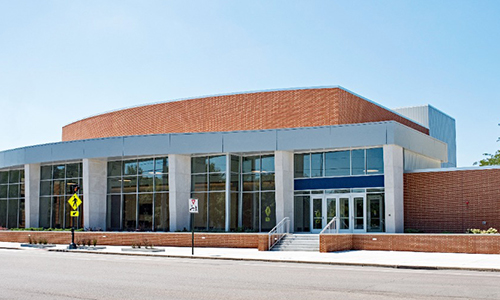A physical security, or physical risk, assessment, formally known as a threat assessment, is an evaluation carried out by a security expert.
In this type of evaluation, the security expert conducts a full inspection of your property to identify weaknesses and vulnerabilities in its physical security.
This includes looking at all existing security measures as well as all other physical aspects of the building’s security.
Threat assessments also involve discussing perceived/actual threats to you and your property to determine what you need to protect against.
Examples of physical threats to buildings:
- Forced entry
- Burglary
- Smash-and-grab theft
- Vandalism
- Rioting and looting
- Active shooters
- Storm damage
In addition to determining what physical security risks your property faces, a threat assessment also takes inventory of what needs to be protected from these specific threats.
This may include people, merchandise, equipment, documents and anything else inside your building that could be put at risk by security threats.
In other words, anything or anyone that could be damaged, stolen, or physically harmed needs to be protected when inside your facility.
How threat assessments can improve school security
Unfortunately, one of the biggest threats schools face in modern-day America is school shootings.
Cameras, alarms, and access-controlled entrances are all great deterrents, but there’s one thing they don’t do: physically prevent an active shooter from gaining entry via a glass door or window.
In order to reduce the risk of harm or death to staff and students inside a school, it’s of the utmost importance to have the right physical barriers to forced entry in place (in the right places).
A threat assessment helps school administrators identify areas where physical security can be improved, specifically to minimize the impacts of an active shooter scenario.
Many modern classrooms are full of large glass windows, which serve important purposes but do nothing to protect people inside or prevent forced entry during an active shooting incident.
A security expert who conducts a physical risk evaluation will be able to provide recommendations on how to reinforce these vulnerable glass surfaces with containment-grade (non-ballistic) or ballistic-grade (bullet-resistant) glazing to keep bad guys out and save lives.
Boost Campus Security with Riot Glass® Security Glazing for Schools
You may think you have a comprehensive security system in place that includes access control, video surveillance, and alarm systems, but a security professional will point out all sorts of vulnerabilities you may not have even thought of.
For instance, an access-controlled entryway does nothing to keep out would-be intruders if there are unsecured ground floor windows nearby that they can simply smash and climb in through.
Polycarbonate glazing shields look and feel very close to standard window glass, but they are virtually unbreakable. Depending on how many layers of polycarbonate there are and the shield’s overall thickness, it can even achieve a ballistic rating, meaning it can resist bullets.
Polycarbonate security glazing, such as our ArmorPlast® line, can be retrofitted over existing school windows using the existing framing, with little change to the outward appearance of the building.
ArmorPlast® fortifies schools, without making them look fortified.
Contact Riot Glass, Inc. today for more information about how we can help protect your school against real-world security threats or to schedule a consultation and threat assessment.














